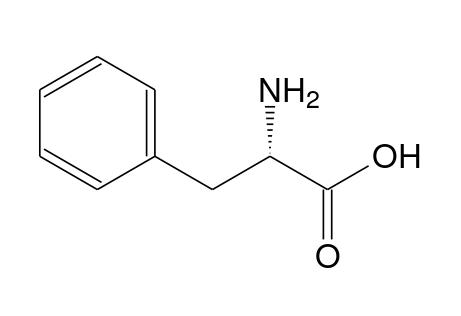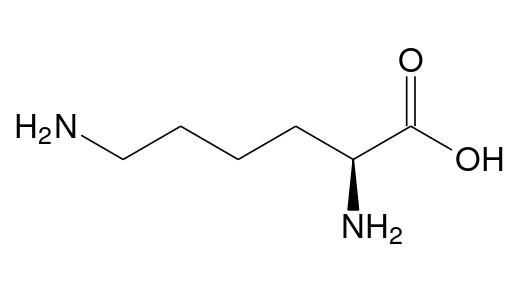I'm looking for a table or another kind of schema where I can find which type of carbon atoms (sp3, sp2 etc.) are present in each amino-acid. In my biochemistry books these informations are not available.
I looked also on pubchem (e.g. glycine), and I found some information about alanine, aspartic acid, methionine.























